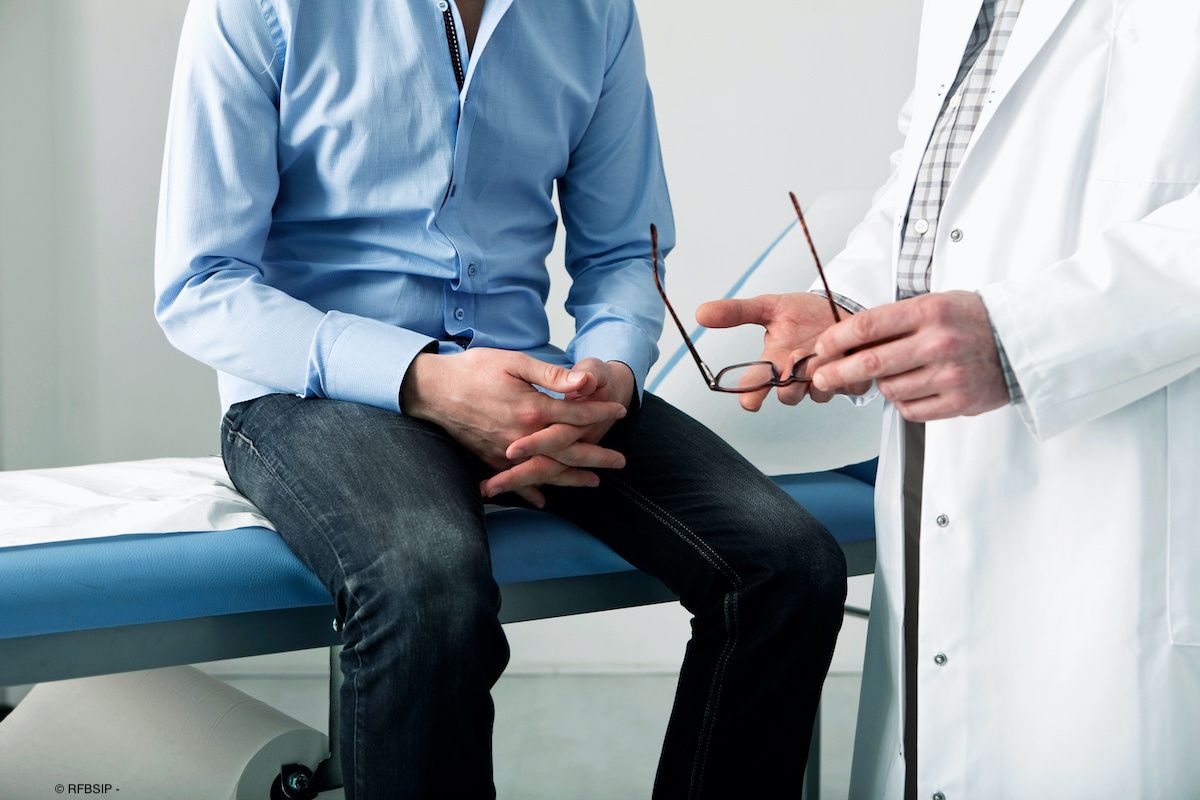Opinion
Video
Dr. Heidenberg describes HoLEP technique for BPH
Author(s):
"But I think that this really showed us that the outcomes were substantially better than I think any of us were thinking," says Daniel J. Heidenberg, MD.
In this video, Daniel J. Heidenberg, MD, shares notable findings from the recent Urology paper, “The Impact of Standard vs Early Apical Release HoLEP Technique on Postoperative Incontinence and Quality of Life.” Heidenberg is an endourology fellow at Mayo Clinic in Phoenix, Arizona.
Transcription:
What were some of the notable findings? Were any of them surprising to you and your coauthors?
I would say step 1 is the process by which we changed. So, as I said a little bit earlier, Dr. Humphreys had brought the original Gilling-described, trilobar technique over from Indiana University in the early 2000s. The program was very successful; patients were coming and being referred because [clinicians were doing] a great job, but we [wondered], how could we try to make things even better? And so, it was a slow process by which we adopted the early apical release, using different videos that people were presenting at World Congress, from Europe and from Asia and from Latin America, to try to inspire what was going to be our take on the apical release. Now, I think as time has gone on in the last few years, you can go on YouTube and see different other American enucleators have their own take, but it was our process at Mayo Clinic, we sort of independently came to the way that we were going to do this. I think that that was the big main first step. What we settled on was typically an enbloc technique, similar to what has been presented elsewhere, and it was a little bit of a hybrid fusion of some of the other techniques out there. But ultimately, like the traditional HoLEP, and kind of replicating the idea of the open simple prostatectomy, we're using the scope to enucleate the lobes on the sides and then as we get to the top, typically in the past, you would proceed all the way through into the bladder neck and then work back and do a mucosal bridge. But instead of doing that and leaving them a bridge, we would start by just taking the prostate off at the apex, so that there would be less tension on the sphincter and the apex during the process. I can show you how it is that the logic is that we came up with that, even as you're doing a TURP, or you're not necessarily doing a HoLEP or what-have-you to keep something in your mind about what it is that we're trying to do for continence as best as we can. Here's the prostate down here in blue. The bladder is over here, and then this is what we're keeping as the sphincter in our mind's eye. We know that down posteriorly, there's going to be less of an issue with the sphincter, but as you get a little bit more anteriorly, it does run all the way from the bladder neck, all the way down to the apex of the prostate. So what we're trying to do is really just minimize any tension or contact, with the scope dragging or with our tension in any way to preserve that apex at the edge there to keep the sphincter well supported. And so, once that idea was synthesized, we then thought, what I think many practicing urologists are not sure about is, what is it? So what if you do it? Does it actually change anything? And so I think what we were surprised to find was that it really did. We'd seen 1 study that showed that, but that's just 1 paper. And we wanted to try to add to that body of literature to support that, because I know that there are some people out there who may think tried and true is just fine. But I think that this really showed us that the outcomes were substantially better than I think any of us were thinking, especially at 6 weeks: 4 and a half times less likely to need 2 or more pads a day, and then as we went on, it was like 8.3 times. So it just really showed us that this helped more than I think we were expecting.
This transcription was edited for clarity.





